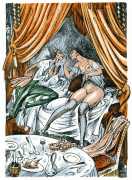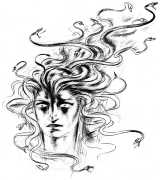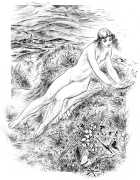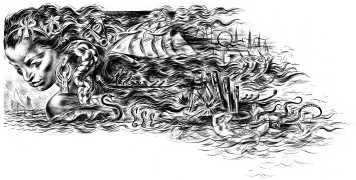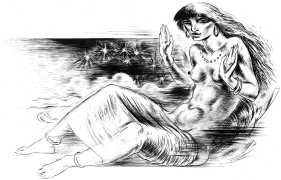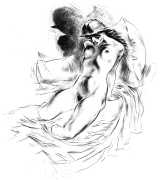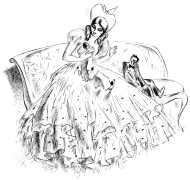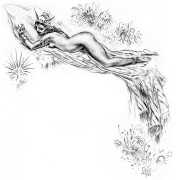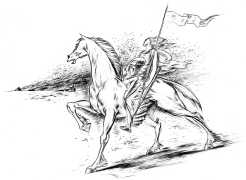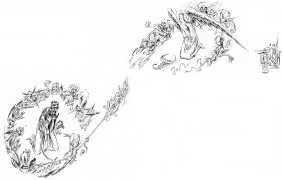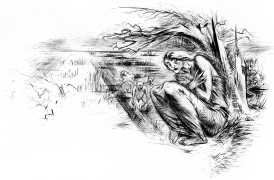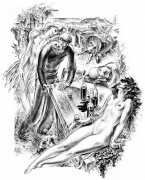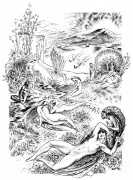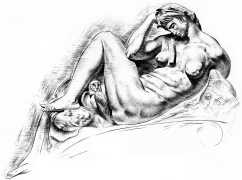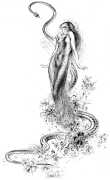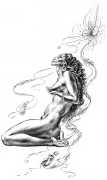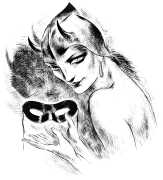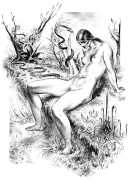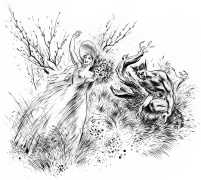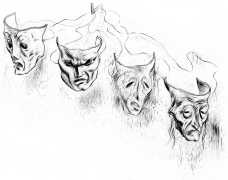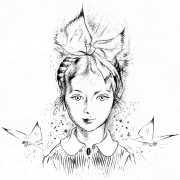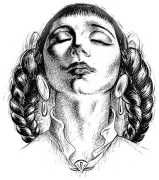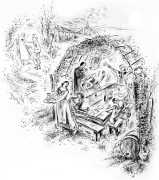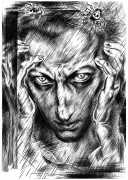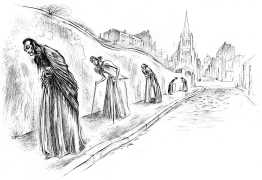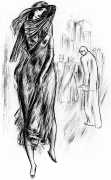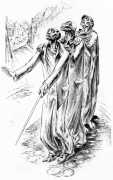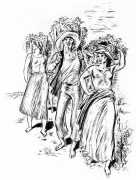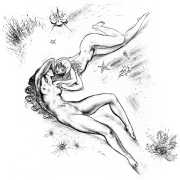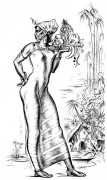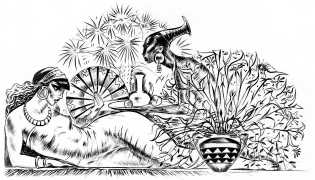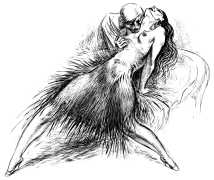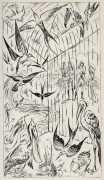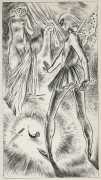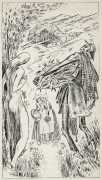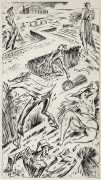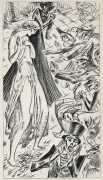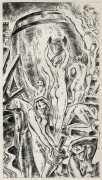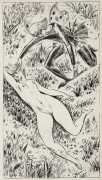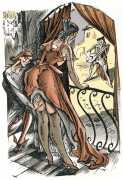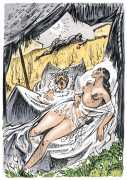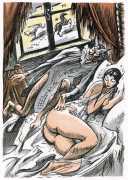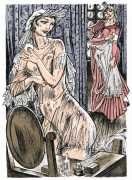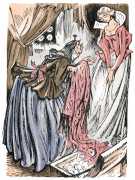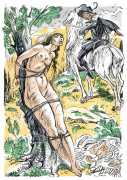 Paul Pierre Lemagny was a distinguished French painter, engraver and illustrator, celebrated for his technical mastery and artistic versatility. The son of a forest ranger, he grew up in Dainville-Bertheléville in eastern France, and his early education in Amiens and the Meuse region fostered a deep interest in history and philosophy. Encouraged by a drawing teacher, Lemagny pursued formal art studies, beginning at the École des Beaux-Arts in Valenciennes, where he honed his skills in engraving and etching. In 1925 he advanced to the École des Beaux-Arts in Paris, where his exceptional talent earned him numerous accolades.
Paul Pierre Lemagny was a distinguished French painter, engraver and illustrator, celebrated for his technical mastery and artistic versatility. The son of a forest ranger, he grew up in Dainville-Bertheléville in eastern France, and his early education in Amiens and the Meuse region fostered a deep interest in history and philosophy. Encouraged by a drawing teacher, Lemagny pursued formal art studies, beginning at the École des Beaux-Arts in Valenciennes, where he honed his skills in engraving and etching. In 1925 he advanced to the École des Beaux-Arts in Paris, where his exceptional talent earned him numerous accolades.
Lemagny’s early work was influenced by the Art Deco movement. In 1928 he secured second place in the Prix de Rome for engraving with a print titled Salammbô, inspired by Gustave Flaubert’s novel. He achieved the first prize in 1934 with Orestes Pursued by the Furies, leading to a residency at the Villa Medici in Rome from 1935 to 1938. On returning to France, Lemagny was appointed professor at the École des Beaux-Arts in Paris. During World War II, he contributed to the protection of cultural heritage by camouflaging monuments to shield them from enemy air raids, earning him the Croix de Guerre for his efforts.
Post-war, Lemagny's focus shifted to illustration and philately. He produced over seven hundred engraved plates for twenty-eight literary works, including Edgar Allan Poe, Charles Baudelaire and Michel de Montaigne. Between 1940 and 1958 he designed over two hundred French postage stamps.
In 1949 Paul Lemagny became the youngest member of the Académie des Beaux-Arts. His artistic style evolved to incorporate surrealistic elements, evident in his large-scale murals, and in 1956 he created a renowned portrait of Pablo Picasso for Jean Cocteau’s book Témoignage (Testament), demonstrating a minimalist, linear approach. Health issues in the 1960s led Lemagny to explore abstract art, producing numerous ink sketches influenced by Eastern aesthetics.

